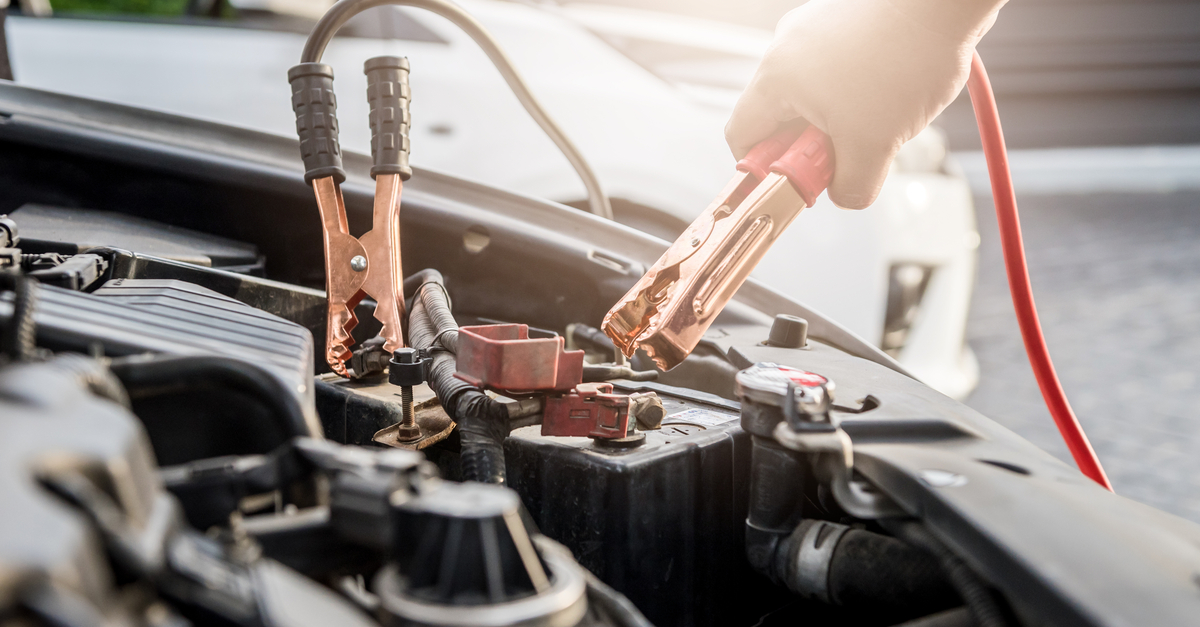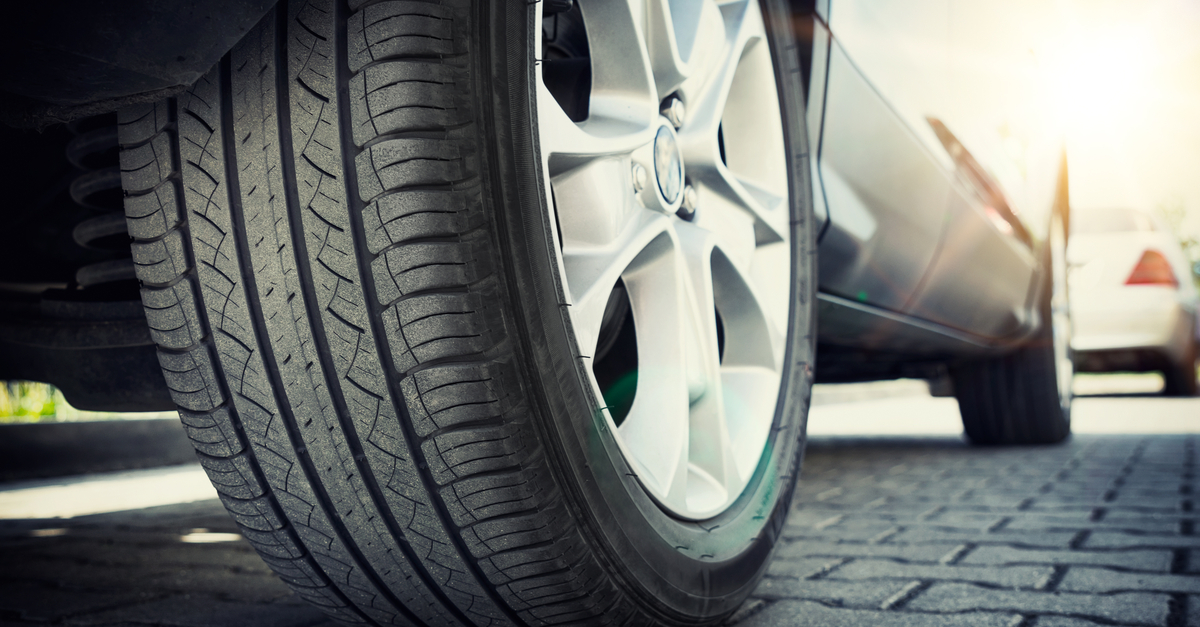Posted on 10/5/2021

Cold weather can damage your vehicle and require it to have auto repair services. Auto repair services will cost more money out of your pocket and mean much more time you need to spend on your car. Understanding the compromised car parts that will be exposed when the weather gets cold will help you better prepare for any repairs that you might need done and possibly protecting those areas of your vehicle. BATTERY The battery of your car will be the first thing to be affected by the cold weather because cold weather will drain any battery, not just including your car battery. That is why it will be the first thing to go and it will drain quickly if it is not strong. You can get your battery tested at your local auto store for free and even buy a new one right there with a multi-year guarantee so if anything happens to it then you can just get it changed for free and you will not have to worry. A battery is something that will be charged by your vehicle by running it more. The cold wea ... read more
Posted on 10/5/2021

Are you noticing any auto electrical problems recently? Is your vehicle’s electrical system running smoothly? No matter what vehicle you drive, you are likely to encounter at least one electrical problem during the automobile’s lifetime. Therefore, proper inspection of your electrical system is critical if you want your vehicle to run efficiently or even at all. Every system consists of various components including wires, fuses, relays, and other major electrical parts. If any of these parts forms a problem, you immediately risk both the safety and functionality of your vehicle. Whether it be powering the windows, mirrors, or even starting your vehicle, there is certainly a variety of issues that can occur which will indicate where the issue might be in your vehicle. To help you get an idea of what the necessary repair might be our team identified the top 6 electrical issues that we most commonly see in our automotive repair shop! Although we recommend seeing a professional ... read more
Posted on 10/5/2021
.jpg)
Many people can go the entirety of their ownership over their vehicle without ever changing the transmission fluid. Although some vehicles market a lifetime fluid on the transmission fluid and will advise against changing it so that the vehicle does not begin to slip while changing gears, experts would still highly recommend otherwise. WHEN TO REPLACE Changing your transmission fluid is advisable every 50,000 miles on average to maintain the vehicle in the best running conditions possible. Automatic vehicles use a torque converter to shift gears, and the torque converter and the transmission are not physically connected so the fluid is what allows the movement to continue between them. The fluid allows the mechanical spinning of the engine to be transferred to the transmission using fluid pressure and fluid friction. You need clean fluid to assure that there is no unwanted build-up or friction in this process. MAINTENANCE Maintaining the transmission fluid clean is the most i ... read more
Posted on 10/5/2021

According to the National Transportation Safety Board report, around 33,000 accidents occur due to tire repair damage. Based off this stat, it is clear that proper maintenance of tires is essential for not only your vehicle’s safety but the safety of those on the road as well. There are various factors that can affect your tires and their performance, but the primary causes for this type of repair need is sidewall and alignment damage. In this article, we will focus on sidewall especially as it is the most prominent cause for repair as well as ways maintain and assess the status of your vehicle’s tires. OVERLOAD When there is too much weight in your vehicle, it is susceptible to an overload blowout. When a vehicle is overloaded, the tires can overheat and explode. Although this problem is more common with larger vehicles like an SUV or truck, overload to the point of causing damaging can still occur if your vehicle is carrying a lot of weight for its weight and is ex ... read more
Posted on 10/5/2021
.jpg)
Driving is a complex endeavor, partially due to the inability to detect any unpredictable obstacles in a road environment. As a driver, controlling the aspects of your role in these situations is your responsibility. A ride can be so smooth, bumpy, or even shaky depending on various factors. The reasons wholly depend on the shape of your vehicle or environmental factors. Some issues can get out of control when driving. Below are some effective tips to curb that bumpy or shaky drive and assist in ensuring your driving experience is safe and hassle-free. ENVIRONMENTAL FACTORS Environmental contributors are out of your control, so it is important your vehicle is prepared to handle the factors that may come your way and your driving remains defensive. Weather related contributors to difficult drives can include snow, mist, and fog due to the visibility issues these contributors compromise. With mist and fog, the likelihood you will miss avoiding a pothole or roadblock increases. Snow, o ... read more